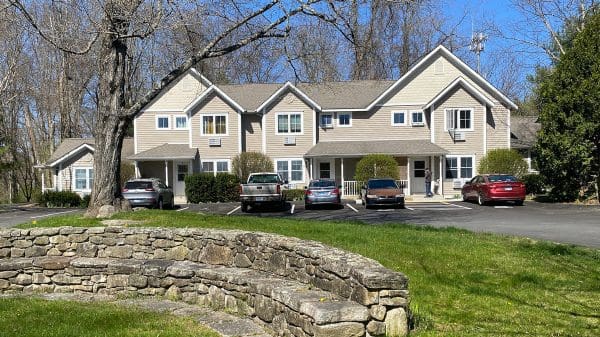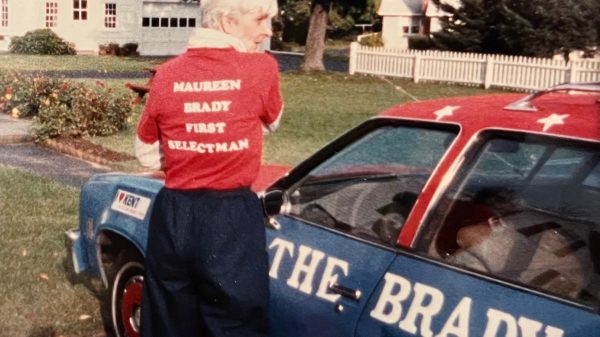
I grew up vaguely accepting the notion that March “comes in like a lion, goes out like a lamb,” the origins of which may have been ancient belief in cosmic balance, perhaps perpetuated (true for me) by a desire to remind ourselves that if we don’t like the weather now, we needn’t worry because it’s certain to change.
Nowadays the advent of March signifies for me the stirrings of far different animals: amphibians following annual pathways across rain-wet ground to their breeding places. This migration is dramatically known as “Big Night”—and dramatic it is—scores of peepers, wood frogs, toads, spotted salamanders and many other salamander and amphibian species moving in waves worthy of Lord-Of-The-Rings-battle-scene F/X.
Big Night is a misnomer, however, in suggesting this happens on only one night. More often there is a first night, which may be followed by several others. This year the weather got ahead of us and migrations began in the last week of February. Conditions look favorable for additional migration events over the course of next week.
To witness a Big Night is awesome. KLT and our peers love to share the wonder through vernal pool walks including this year’s at Sharon Audubon and Deer Pond Farm in Sherman (find out more below). But it’s complicated. Because for many of these precious amphibians (some of which can live more than 20 years) their path of migration has been fractured by roadways, leading each year to the death of significant numbers—enough in some cases to decimate local populations–squashed by passing cars. The amphibians can’t change their routes, but we can change our behaviors to help them survive.
People in communities throughout the Northeast have awoken to the significance of Big Night and have taken up the challenge to prevent amphibian death on roads. Read more, if you like, about how they are doing this in Maine, New Hampshire, Massachusetts, and New York.
One of the best things you can do to avoid unnecessary carnage is to refrain from driving in the early evening hours during migration nights. If you can’t avoid driving altogether, try to avoid roads with known migratory crossings.
How do I know where these are, you ask? Good question, and a good place to start. This year KLT is collecting information from the community to map crossing places. We will add your observations to our current knowledge of crossing points (Skiff Mountain Road, Dolldorf Road, Schaghticoke Road, Spooner Hill Road, Mud Pond Road and Sumner Rd) to help guide future efforts. Please let us know by email and through our social accounts what you see, and where and when you see it.
Most importantly, keep your eyes on the road, for salamanders’ sake!
Written by Connie Manes, the executive director of the Kent Land Trust.

































